In the modern era, the role of technology in food packaging technology has become increasingly vital, revolutionizing the way we preserve, distribute, and consume food. From extending shelf life to ensuring safety and convenience, technological advancements have introduced innovative solutions that cater to both consumer demands and industry regulations. Smart packaging equipped with sensors can monitor freshness and temperature, reducing food waste and enhancing quality control. Nanotechnology has enabled the development of antimicrobial packaging, safeguarding against contamination and prolonging product freshness. Moreover, sustainable packaging solutions, such as biodegradable materials and recyclable options, are gaining traction, addressing environmental concerns while maintaining product integrity. As technology continues to evolve, so too will its impact on food packaging, shaping the future of food preservation and distribution.
Advancements in Food Packaging Technology:
Driving Efficiency and Sustainability Food packaging technology stands at the forefront of innovation, balancing the imperatives of safety, shelf-life extension, and environmental sustainability. Recent strides in materials science, nanotechnology, and smart systems have propelled the industry towards solutions that optimize preservation, reduce waste, and enhance consumer experiences. In this exploration of the cutting edge, we delve into the technical intricacies of modern food packaging innovations reshaping the landscape of the industry.
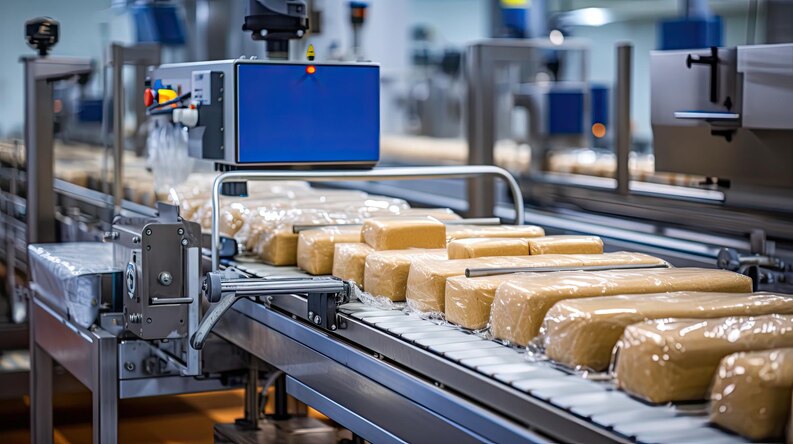
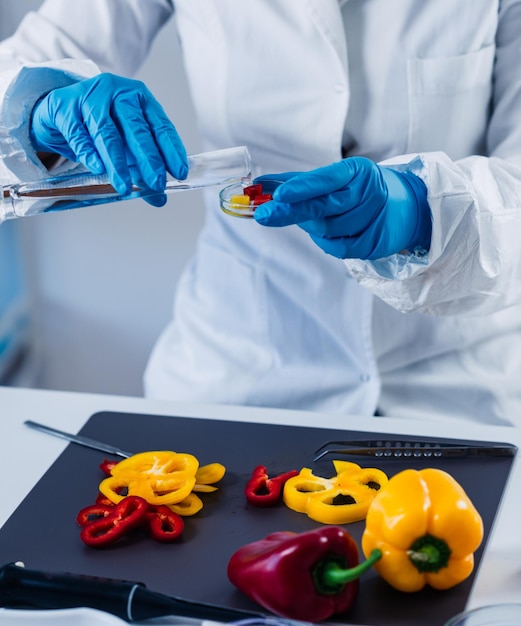
Nanocomposite Barrier Materials:
Nanotechnology has revolutionized the development of barrier materials, crucial for extending the shelf life of packaged foods. Nanocomposite films, incorporating nanoscale particles like clay, graphene, or metal oxides into polymer matrices, exhibit exceptional barrier properties against gases, moisture, and light.
By leveraging the high surface area and unique physicochemical properties of nanoparticles, these materials achieve superior gas barrier performance, enhancing product freshness and quality over extended periods. Additionally, nanocomposites offer enhanced mechanical strength and flexibility, ensuring durability and integrity during handling and transportation.
Active and Intelligent Packaging Systems:
Active packaging systems employ functional components, such as oxygen scavengers, antimicrobial agents, or moisture absorbers, to actively interact with the packaged food and extend its shelf life. These systems mitigate microbial growth, oxidation, and moisture ingress, preserving sensory attributes and nutritional value.
Intelligent packaging integrates sensors, indicators, and data communication technologies to provide real-time monitoring of environmental conditions and product quality. From time-temperature indicators to freshness sensors, these intelligent systems offer unparalleled visibility and control over the packaging environment, enabling proactive management of food safety and quality.
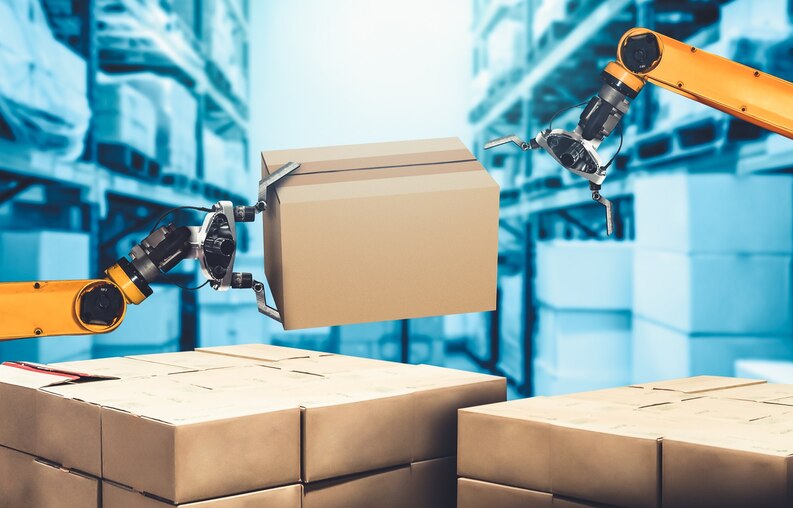
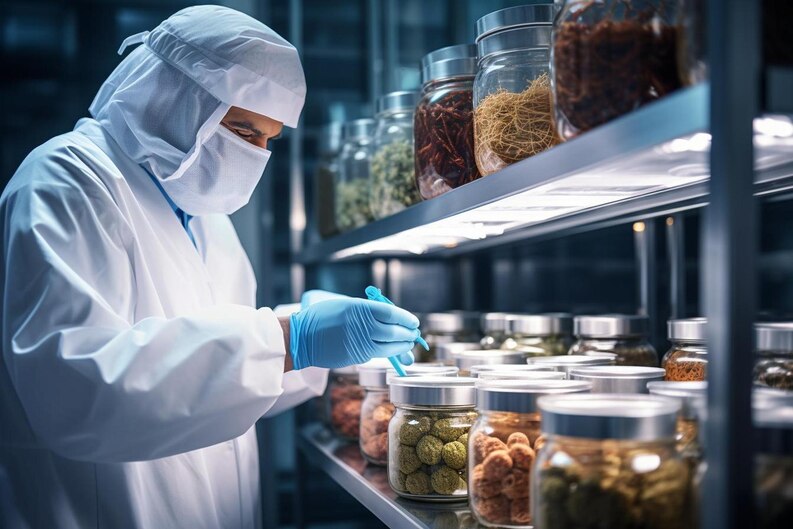
Nanotechnology-enabled Antimicrobial Packaging:
Nanomaterials, such as silver nanoparticles, titanium dioxide, or zinc oxide, exhibit inherent antimicrobial properties that can be harnessed to develop active packaging solutions. Antimicrobial nano-particles embedded within packaging materials impart broad-spectrum antimicrobial activity, inhibiting the growth of bacteria, molds, and yeasts.
These nanotechnology-enabled antimicrobial packaging systems offer a proactive approach to food safety by reducing the risk of microbial contamination and spoilage. Moreover, by minimizing the need for chemical preservatives and additives, they align with consumer preferences for clean label and minimally processed foods.
In conclusion, the convergence of materials science, nanotechnology, and smart systems is driving a paradigm shift in food packaging technology, unlocking new opportunities for efficiency, sustainability, and quality assurance. From nanocomposite barrier materials to intelligent packaging systems, each innovation represents a step forward in the quest for safer, fresher, and more sustainable food packaging solutions. As the industry continues to push the boundaries of technical excellence, the future promises a dynamic landscape of possibilities, where science and ingenuity converge to redefine the boundaries of food packaging excellence.

10.00 am – 06.00 pm
10.00 am – 06.00 pm
10.00 am – 06.00 pm
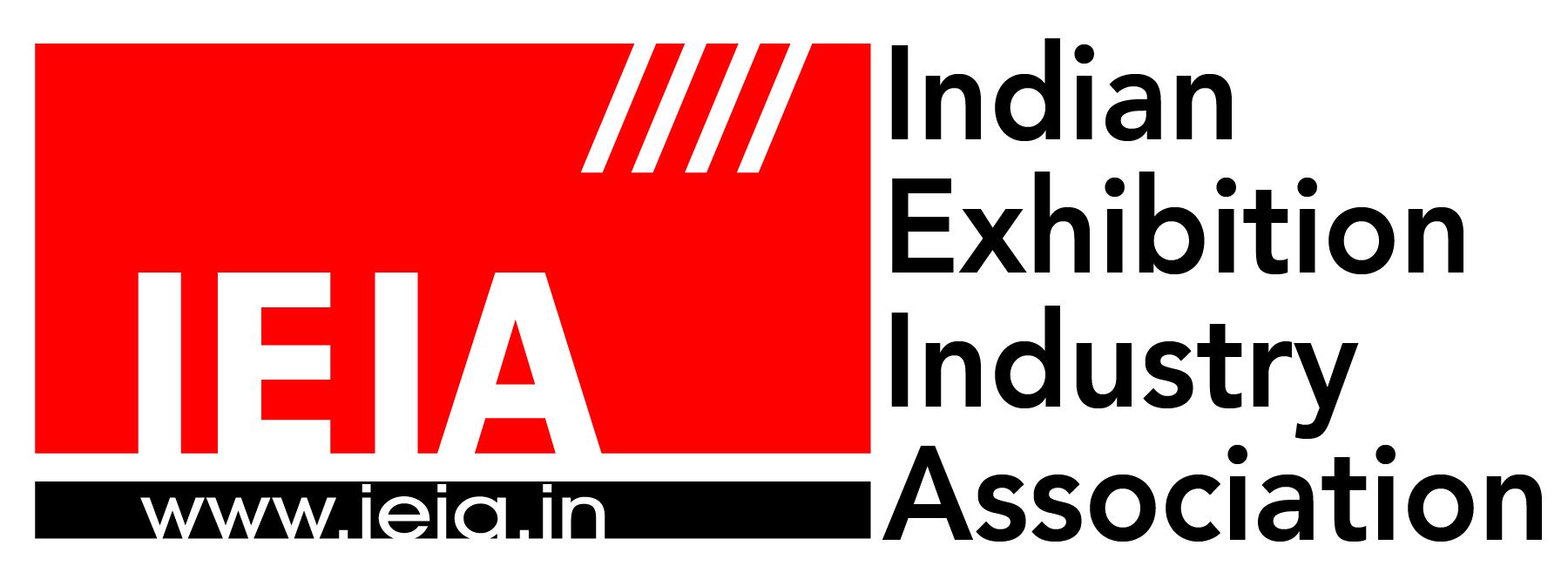
Copyright © 2022 Food & Drink Processing Expo. All Rights Reserved